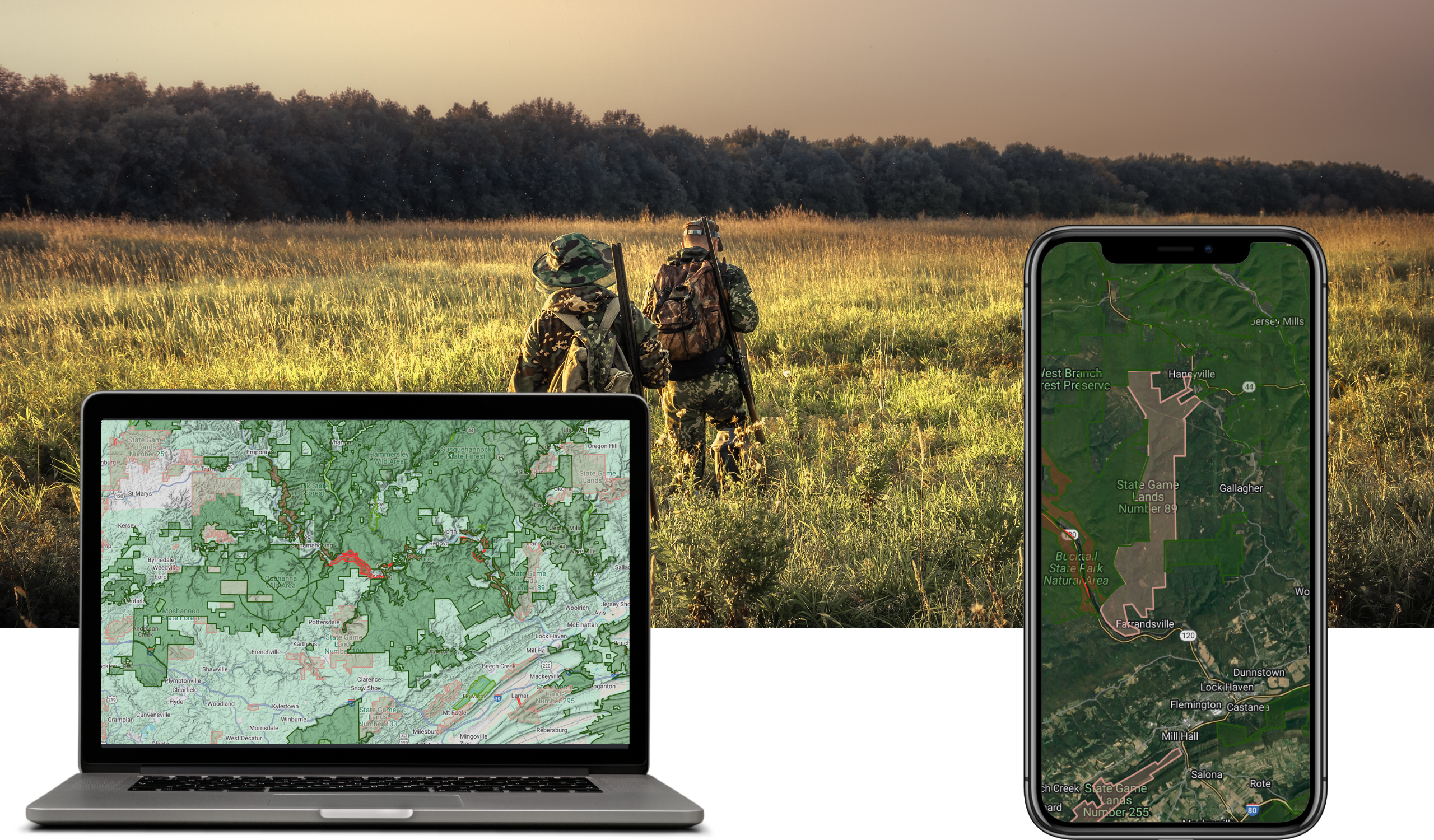Montana’s Deer and Elk Season Kicks Off with Promising Results
As the sun set on October 31, Montana’s general deer and elk hunting season opened with enthusiasm. Nearly 2,000 hunters flocked to check stations across Region 1, where reports indicated a slight uptick in success compared to last year.
The opening weekend harvest data revealed a positive trend, with an increase in the number of white-tailed deer and elk harvested across the region. However, mule deer numbers showed a decline. The general season will continue until November 30, providing hunters ample opportunity to pursue their game.
Check stations are operational during weekends from 10 a.m. until about an hour and a half after sunset. Key locations in northwest Montana include stations along U.S. Highway 2 west of Kalispell, Montana Highway 83 north of Swan Lake, Highway 200 west of Thompson Falls, and Highway 93 near Olney.
It’s important for all hunters to stop at any check station they encounter, regardless of whether they’ve harvested an animal. These counts help provide a snapshot of the overall harvest and are not indicative of the total number of animals taken.
From the reported figures, the elk harvest saw a total of 22 animals, an increase of six from the previous year. Notably, the Thompson Falls check station recorded 14 elk, a significant rise from just three the year prior, along with six mule deer. Meanwhile, the U.S. 2 station near Kalispell reported five elk and five mule deer, both numbers slightly down from last season. However, white-tailed bucks showed a promising increase, with 40 reported, up four from last year.
The Swan and Olney check stations also reported higher white-tailed deer harvests, showcasing the region’s potential for a fruitful season.
Chronic Wasting Disease Awareness
Hunters play a crucial role in monitoring Chronic Wasting Disease (CWD) and its spread. By having their harvested deer, elk, and moose tested for CWD, hunters contribute valuable data that aids in managing the disease and understanding its prevalence.
CWD testing is available at designated sampling stations and most FWP offices, and hunters can also collect samples themselves. For those interested in self-sampling, instructions and a list of sampling station locations can be found at FWP’s CWD page.
In certain areas near Libby, mandatory testing is required for animals harvested with specific licenses in designated hunting districts. While testing is generally voluntary throughout most of Montana, all hunters in Hunting District 170 are encouraged to have their deer and elk tested for CWD. FWP recommends obtaining a negative test result before taking any animal to a meat processor or donating it.
In northwest Montana, here’s how hunters can have their animals sampled this fall:
- General Deer and Elk Season:
- Self-submit samples at the Libby CWD Sampling Station (Montana Department of Transportation shop on US Hwy 2), open Saturdays, Sundays, and Mondays from 10 a.m. until dusk.
- Visit a game check station open on weekends.
- Stop by the Region 1 office in Kalispell (490 N. Meridian) during business hours from Monday to Friday.
- Heritage Muzzleloader:
- Self-submit samples by scheduling an appointment with the Libby office at 406-293-4161 (ext. 209).
- Visit the Region 1 office in Kalispell during business hours.
For more information about CWD, visit FWP’s CWD page.
Proper Carcass Disposal
When it comes to carcass disposal, hunters should leave certain parts, such as the brain, eyes, spleen, lymph glands, and spinal cord, at the kill site whenever possible. If transporting the carcass for taxidermy or processing, these tissues must be bagged and disposed of in a Class II landfill.
Carcasses can be transported within the state if the parts are properly disposed of after butchering. It’s crucial to remember that dumping carcasses is illegal and unethical, posing a risk of spreading diseases like CWD. This rule applies to all deer, elk, and moose harvested in Montana.
For details on carcass disposal sites, check the relevant resources provided by FWP.
Hunting Season Reminders for Northwest Montana (Region 1)
Hunters are encouraged to prepare thoroughly and familiarize themselves with regulations for each hunting district. Pay particular attention to the “Opportunity Specific Details and/or Restrictions” in the regulation booklet.
- If planning to access the Flathead Ridge Ranch Block Management Area off U.S. Highway 2 West, hunters must obtain a free permission card for the season. This card must be displayed in the rearview mirror of each vehicle on the property. Only one card is needed per vehicle, but all hunters’ names must be listed on the slip.
-
These permission cards can be acquired from the FWP office in Kalispell or from sign-in boxes throughout the Flathead Ridge Ranch BMA, serving as proof of permission for the entire general season.
-
Many private lands previously owned by corporate timber companies have changed ownership. Hunters should consult the Block Management Program for updated access opportunities and restrictions.
-
Always “Be Bear Aware” by properly storing food and carcasses. Avoid hanging carcasses near homes or garages, ensuring they are at least 10 feet off the ground and four feet from any upright support. Carry bear spray and know how to use it, as bears are actively seeking food before hibernation.
-
Be mindful of the recent outbreak of epizootic hemorrhagic disease (EHD), which has affected white-tailed deer in western Montana. Carcasses concentrated around water sources may attract bears, leading to potentially dangerous interactions.
Stay informed, stay safe, and enjoy the hunting season!
Source: Yahoo News
